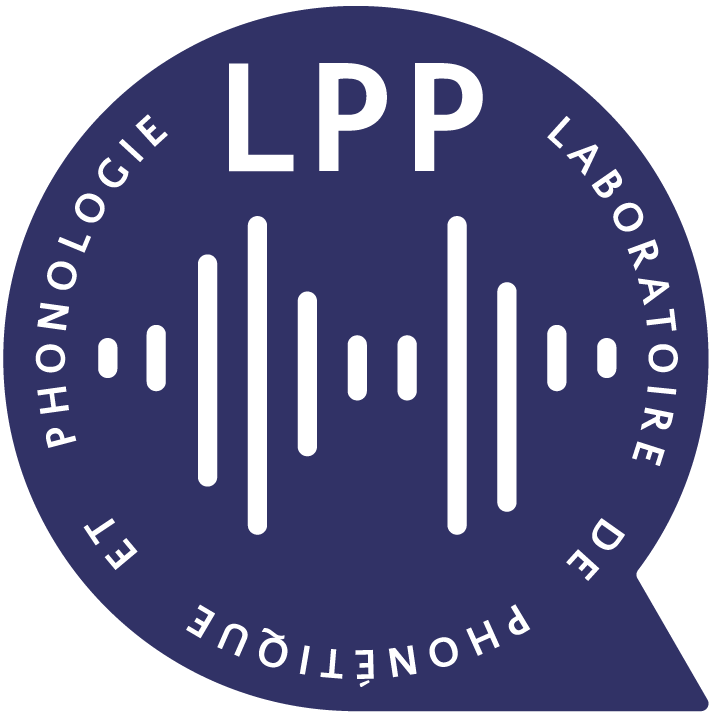Languages differ in the way consonants and vowels are parsed into syllables. For a CCV sequence, either they allow for complex onsets, with a homosyllabic CCV parse (e.g. as in American English), or they allow for simple onsets only, resulting in a heterosyllabic C.CV parse (e.g. as in Moroccan Arabic), where the first consonant does not belong to the syllable onset. In a cross-linguistic overview of different syllable coordination patterns in languages such as American English, Romanian, Polish, Italian, Moroccan Arabic and Tashlhiyt Berber I will discuss the relation of qualitative syllable parses and their quantitative outcome from a dynamical perspective.
This internal timing of consonantal clusters is systematically affected by natural variation in a given language such as prosodic variation and segmental composition. But how much variability is tolerated in a phonological system ? In a computer simulation, we aim to capture the degree of variability of syllable patterns allowed in Tashlhiyt Berber and Polish. It will be shown that these two languages do not only differ in their phonological syllable parse, but also in the degree of variability they allow for.
However, after a certain amount of variability a phonological pattern can break down. This will be shown by comparing syllable timing in typical and atypical speech. We recorded Essential Tremor patients that have a chronic deep brain stimulation (DBS) of the nucleus ventralis intermedius (VIM). Results reveal a timing deficit in the syllable production of the patients. Conflicting demands of complex timing patterns cannot be produced anymore, and the realisation of the phonological constituent breaks down.


